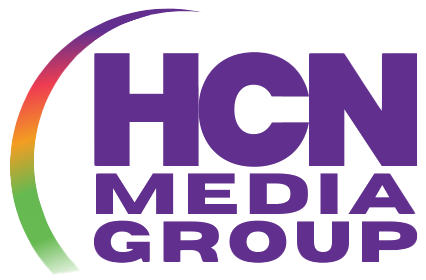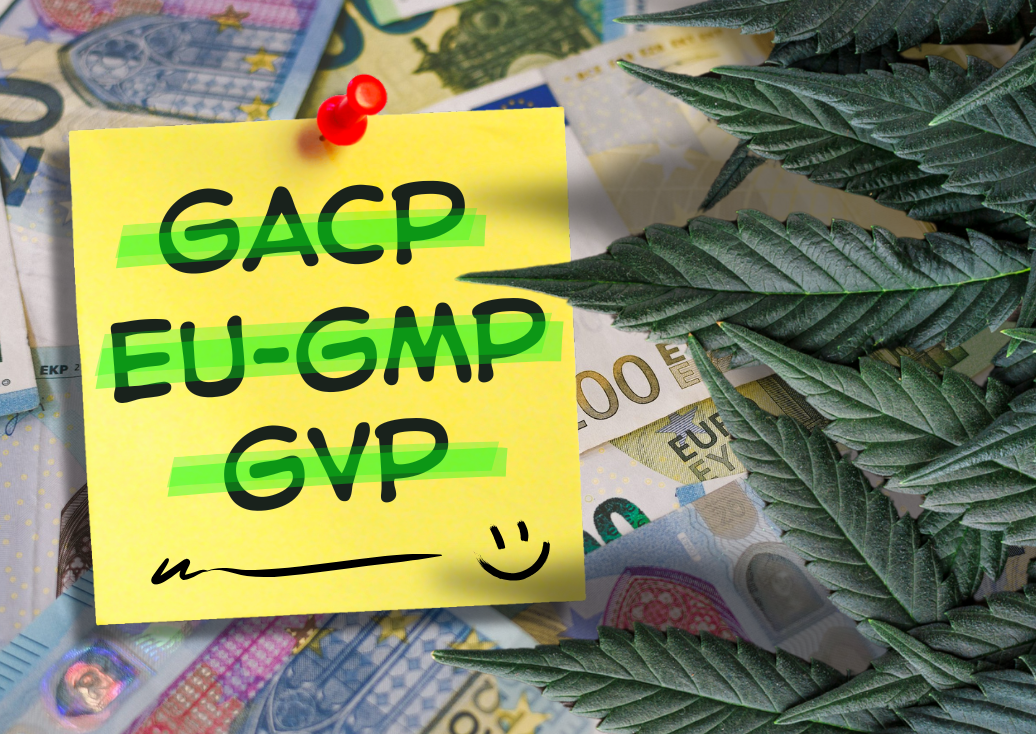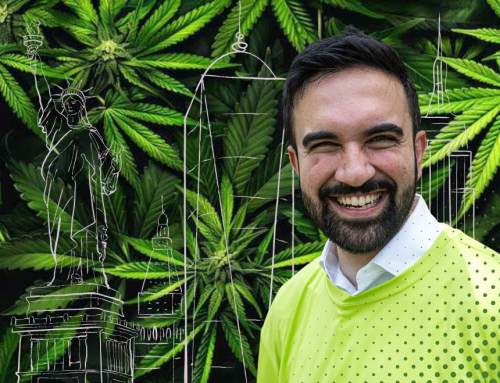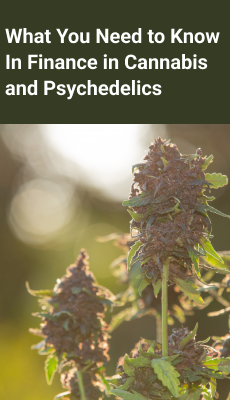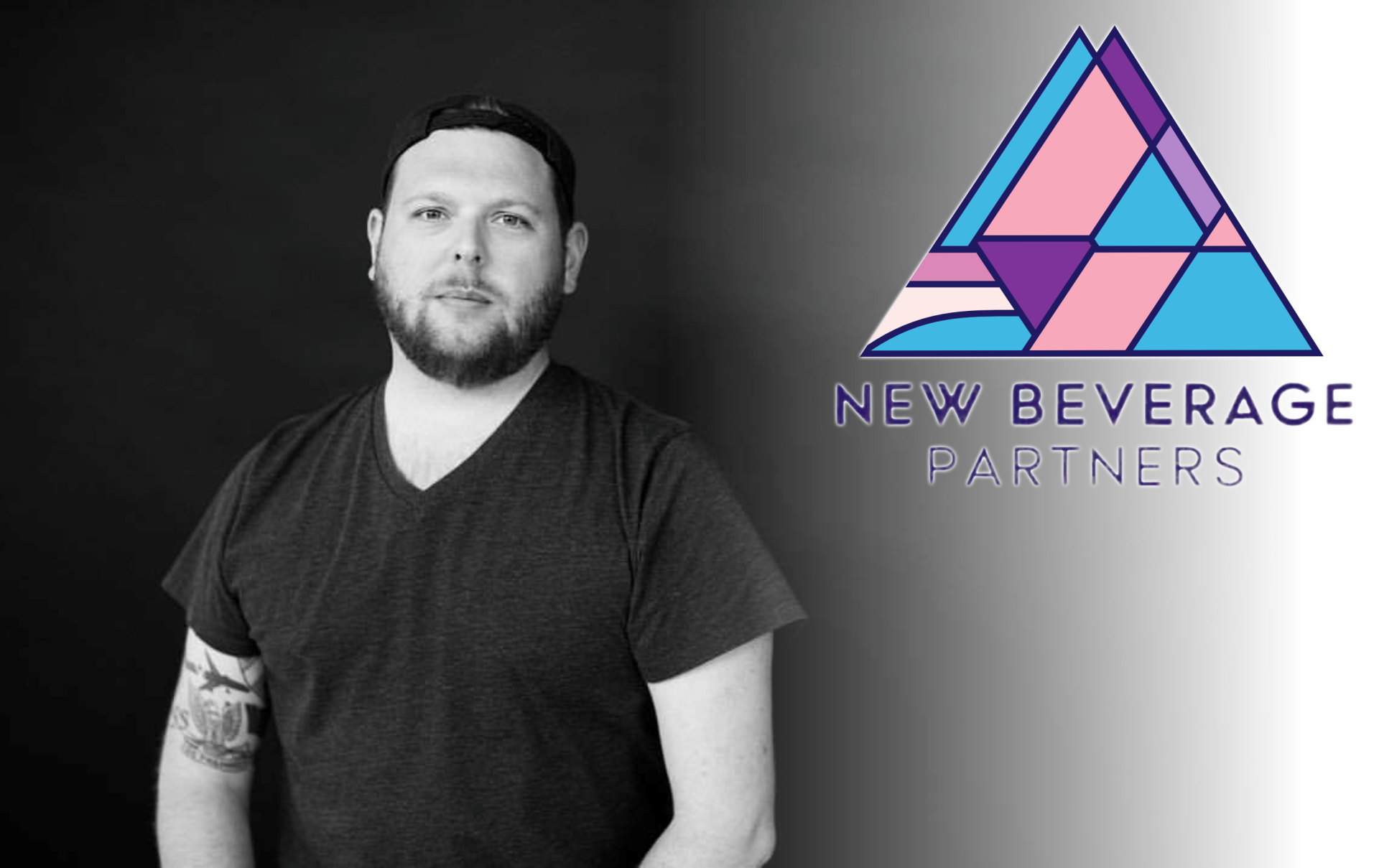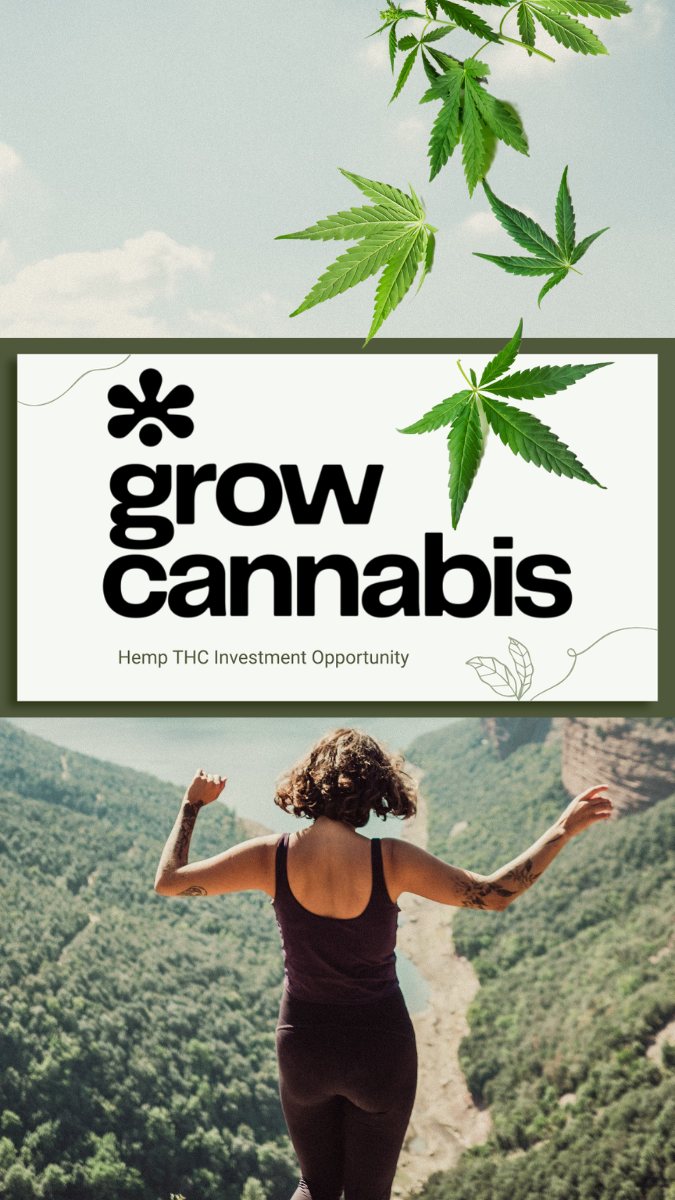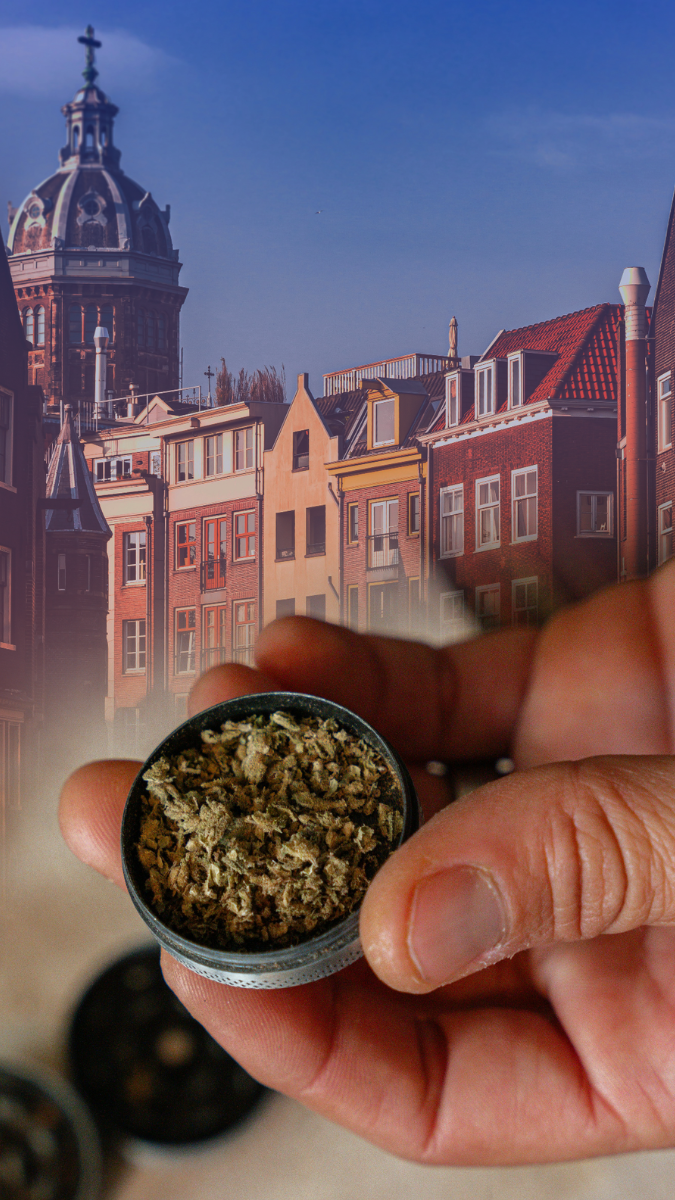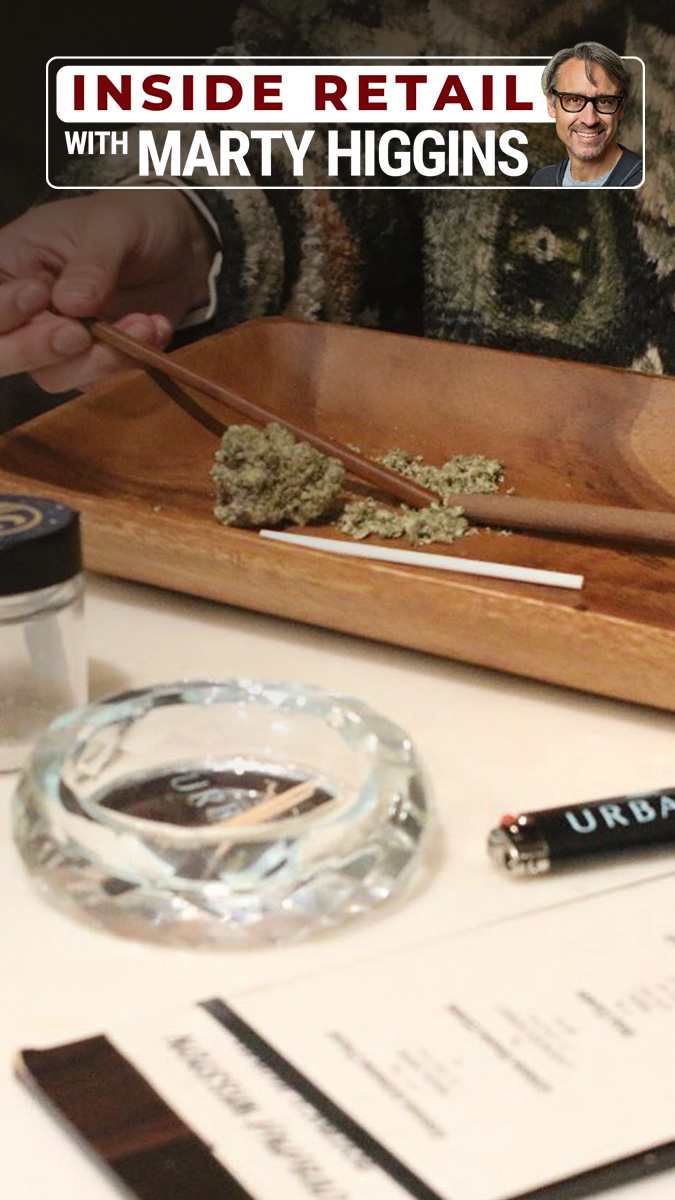EU Cannabis Imports Explained: Rules, Regulations, Safety & Quality Control
LOS ANGELES – Germany’s medical Cannabis imports reached 56.9 tons in Q3 2025, a 19% jump from the prior period and a fresh record that highlights the market’s relentless pull. With an estimated 900k prescriptions issued, the sector’s appetite shows no signs of waning, even as regulators mull curbs on online ordering to slow the pace.
Fueled by recent reforms, Germany is now a linchpin for global suppliers. Yet, crossing borders here calls for airtight compliance that safeguards patient outcomes while unlocking revenue. Rooted in the EU’s herbal medicinal products directive (the Herbal Directive or Directive 2004/24/EC), this setup demands strict observance at every stage in the supply chain — from seed to shelf.
The stakes are high. Projections peg the European legal Cannabis sector at $107 billion by 2035, with a CAGR of 23.47%. However, returns ultimately depend on mastering the regulatory web. A misstep in certification can lock out borders, turning potential revenue into sunk costs. For businesses eyeing entry, preparation boils down to blending data-driven foresight with procedural rigor, turning potential pitfalls into competitive edges.

Core Standards for Cultivation & Harvest
At the farm level, Good Agricultural and Collection Practices (GACP) set the baseline for Cannabis destined for EU markets. This framework, updated in the European Medicines Agency’s May 2025 revision, covers everything from soil selection to pest management. Producers must document traceability, ensuring no contaminants slip through during growth or initial processing. The revision sharpens rules for indoor operations, pushing them toward manufacturing-level controls like sterile environments and batch testing without fully crossing into pharmaceutical territory.
Why does it require a special focus? GACP certification primarily unlocks access to the pharmaceutical supply chain and regulated markets for raw materials. It feeds the GMP process [explained below] and enhances credibility and partnerships, building trust with distributors, regulators, and investors by proving a commitment to international quality standards.
Without it, shipments stall at customs. For instance, take a Canadian cultivator: to feed Germany’s patient base, they’d audit water sources, track pesticide residues, and verify genetic stability under EU scrutiny. Non-compliance risks recalls across 22 member states. The cost? Initial audits run €20-50 grand, but they pave the way for premium pricing where dried flower can fetch €2.30 [with GACP] and €3.55 [with EU-GMP] per gram in wholesale channels.
Manufacturing & Processing Under EU-GMP
Once harvested, Cannabis intended for medicinal use in the EU is processed according to European Union Good Manufacturing Practice (EU-GMP) – the gold standard for turning raw material into finished pharmaceutical products. This directive, part of a long-standing EU regulatory framework enforced by national competent authorities, mandates strict quality control measures, including appropriate facilities, validated equipment, extensive documentation, and official certification following inspections. Every batch undergoes potency assays, microbial checks, and heavy metal scans, with records retained for a decade.
For importers, EU-GMP is not optional. It’s the entry ticket. Products crossing borders must originate from certified facilities, or face rejection. The overlap with GACP, detailed in Annex 7 of the GMP guidelines, blurs lines for vertically integrated outfits: a single site might handle both, but dual audits add layers.
Financially, this rigor translates to margins. The EU-GMP certified Cannabis commands a premium over GACP-only products in key European markets like Germany and Switzerland, as pharmacies and insurers require or favor vetted suppliers. Overseas investors should budget €100k-plus for certification, plus ongoing €50k annual fees. Meanwhile, the initial cost for setting up a compliant facility [including construction, HVAC, and validation] can range from approximately €850 thousand to €2 million, depending on the scale and complexity of the operation. The payoff? Stable contracts with wholesalers like Tilray Medical, which leverages its Portuguese EU-GMP hub to export GMP-certified medical Cannabis to other European countries.

Safety Protocols Across the Supply Chain
Safety weaves through every stage, from field to patient. The EU’s good pharmacovigilance practices (GVP) require adverse event reporting within 15 days, feeding a centralized database that flags trends. Quality control extends to packaging: child-resistant, tamper-evident designs, opaque packaging with universal Cannabis symbols, multilingual labels detailing THC and CBD levels, and expiration dates.
Decontamination emerges as a flashpoint for trade. Imports often arrive with microbial loads from humid climates, prompting irradiation or steam treatments under GMP oversight. Regulators require specific pathogens to be absent from tested samples, while setting limits for total microbial counts typically between 100 and 100,000 CFU (Colony Forming Units) per gram, with the specific cap depending on the product type (e.g., raw flower vs. extracts) and the intended patient population (e.g., stricter limits for immunocompromised patients). Non-conforming lots are often destroyed or reprocessed if regulations permit. This vigilance, while costly, builds respect and trust, which are priceless.

Investment Angles for Global Entrants
From a balance-sheet perspective, Europe’s appeal lies in its predictability. Unlike North America’s boom-bust cycles, the bloc’s Cannabis segment offers steady demand due to its pharmaceutical-driven model. Overseas capital flows in via joint ventures: Canadian and U.S. funds pair with German, Swiss, and Dutch growers for GACP-to-GMP pipelines, targeting Europe’s import pool.
Risks temper the upside. Price compression hit 15% in 2025, as oversupply from Canada and Portugal floods tenders. Currency swings and VAT variances [19% in Germany vs. 10% in Luxembourg] erode edges. Cautious venture funding favors proven compliance over moonshots. Smart plays involve phased entry: start with contract manufacturing, scale to owned facilities once Cannapol’s adult-use toolkit rolls out in 2026.
Germany’s July draft, curbing mail-order sales, signals tightening belts. Yet it funnels volume to brick-and-mortar, benefiting certified importers. For investors, the metric to watch – return on compliance capital. Those who invest upfront in audits reap compounded gains as barriers consolidate supply.
In the end, Europe’s Cannabis trade boils down to a simple bargain:
Follow the rules, or step aside.
At Highly Capitalized Network-HCN, we’ve seen too many outfits chase volume at quality’s expense, only to watch compliant peers lock in decade-long deals. The European continent is not handing out easy wins. It’s forging a model where safety underwrites sustainability. For those willing to build within its bounds, the rewards are financial and foundational, anchoring a trade that could redefine global standards for years to come.











